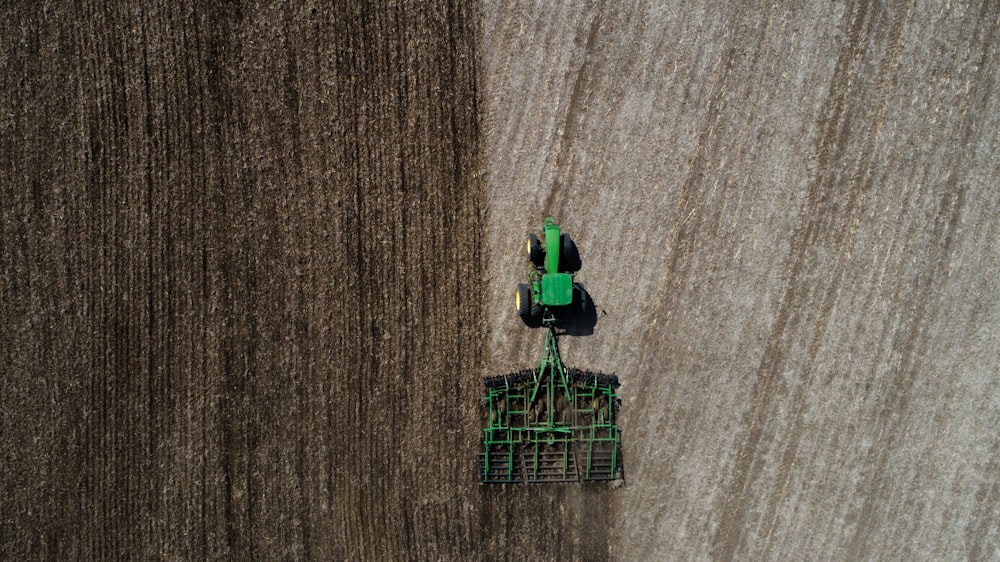Carbon farming puts a value on dirt
Soil carbon sequestration is the next frontier of the carbon market

Rewarding the sequestration of carbon into the soil is becoming an increasingly attractive option for governments and companies looking to meet their net zero commitments.
Soil carbon sequestration occurs when plants capture carbon dioxide from the atmosphere through photosynthesis, transferring the carbon to plant biomass, and then sequestering it to the soil as the plant matter decays.
Soil carbon storage plays a vital role in regulating the amount of carbon dioxide that gets into the atmosphere. The average amount of soil organic carbon (SOC) stored in the first 100 cm of soil is estimated to be around 1,500 Gt - more than the entire carbon stored in the atmosphere and terrestrial vegetation combined.
Although carbon naturally moves in a cycle, eventually being released into the atmosphere, human activity can dramatically affect the speed at which carbon is released. For example, converting forests and grasslands to farmland changes the structure of the soil, which can then release much of the sequestered carbon back into the atmosphere. This is especially relevant to land conversion in the tropics where carbon may have been sequestered, undisturbed for centuries, deep in the soil (see Repricing deforestation risk in the wake of Brazil's presidential election).
Minor changes in that vast carbon sink beneath us have major implications for the amount of carbon in the atmosphere and the outlook for global warming. Some estimates suggest that soil degradation due to human activity has contributed about a quarter of all manmade global greenhouse gas emissions. If we can figure out how to manage that carbon sink effectively, then it could be our best bet to meet net zero.
Scientific estimates of soil carbon sequestration’s potential vary widely, but have gradually been revised upwards over the past twenty years. More recent estimates suggest that global soil carbon sequestration has the potential to be in the range of 2-6 GtCO2 each year, assuming full adoption of carbon sequestration practices.
Keep reading with a 7-day free trial
Subscribe to Carbon Risk to keep reading this post and get 7 days of free access to the full post archives.


